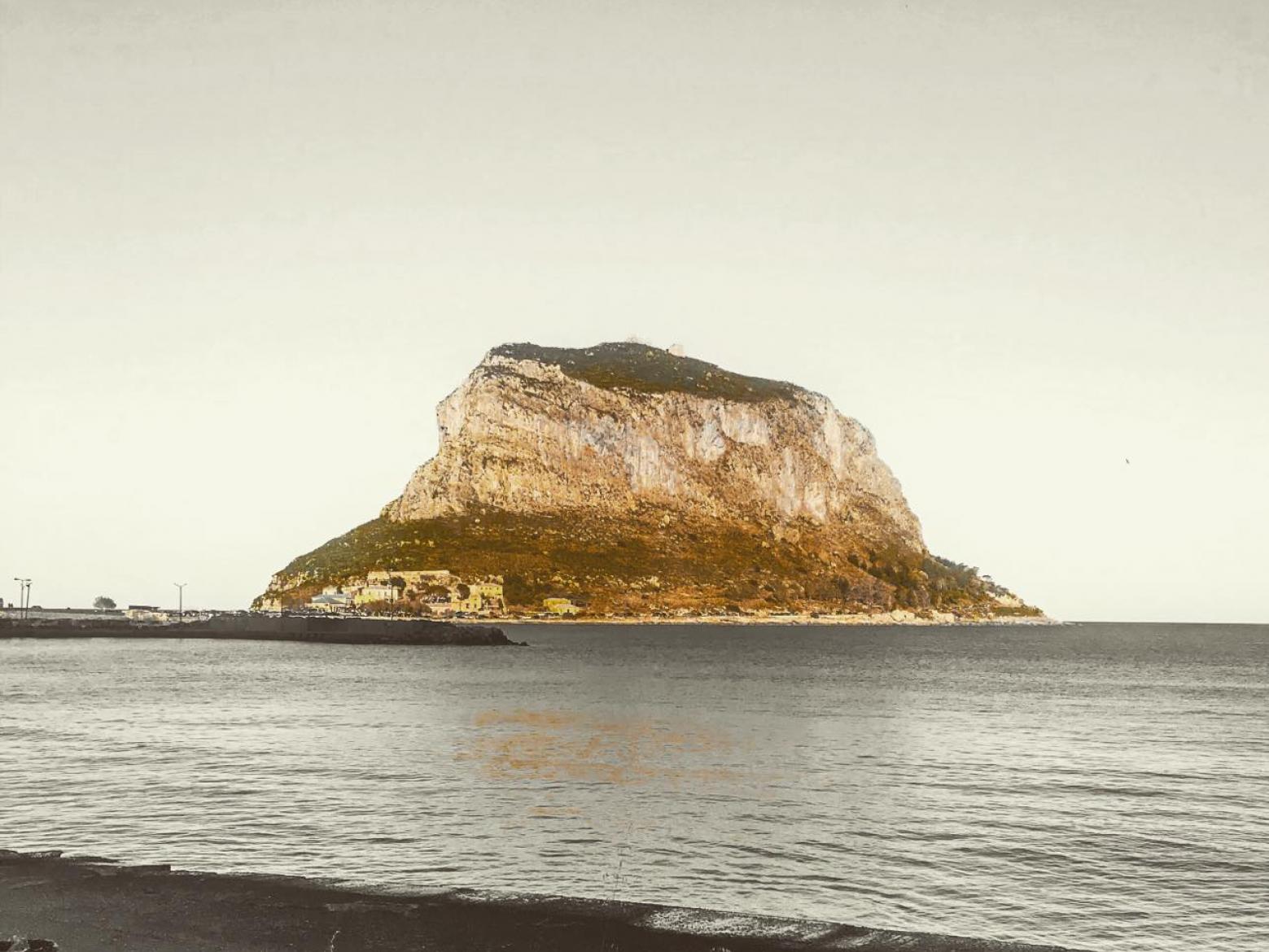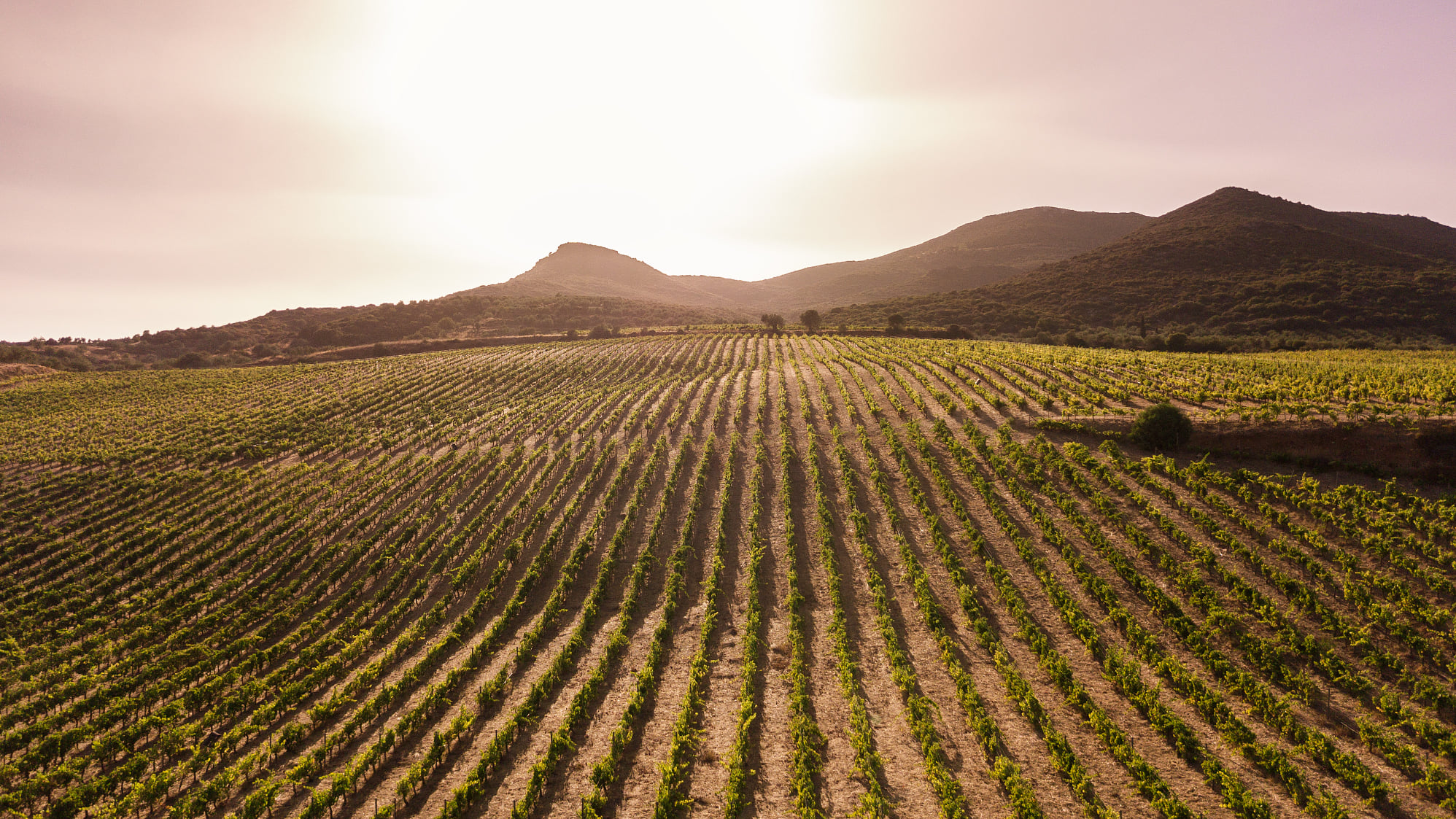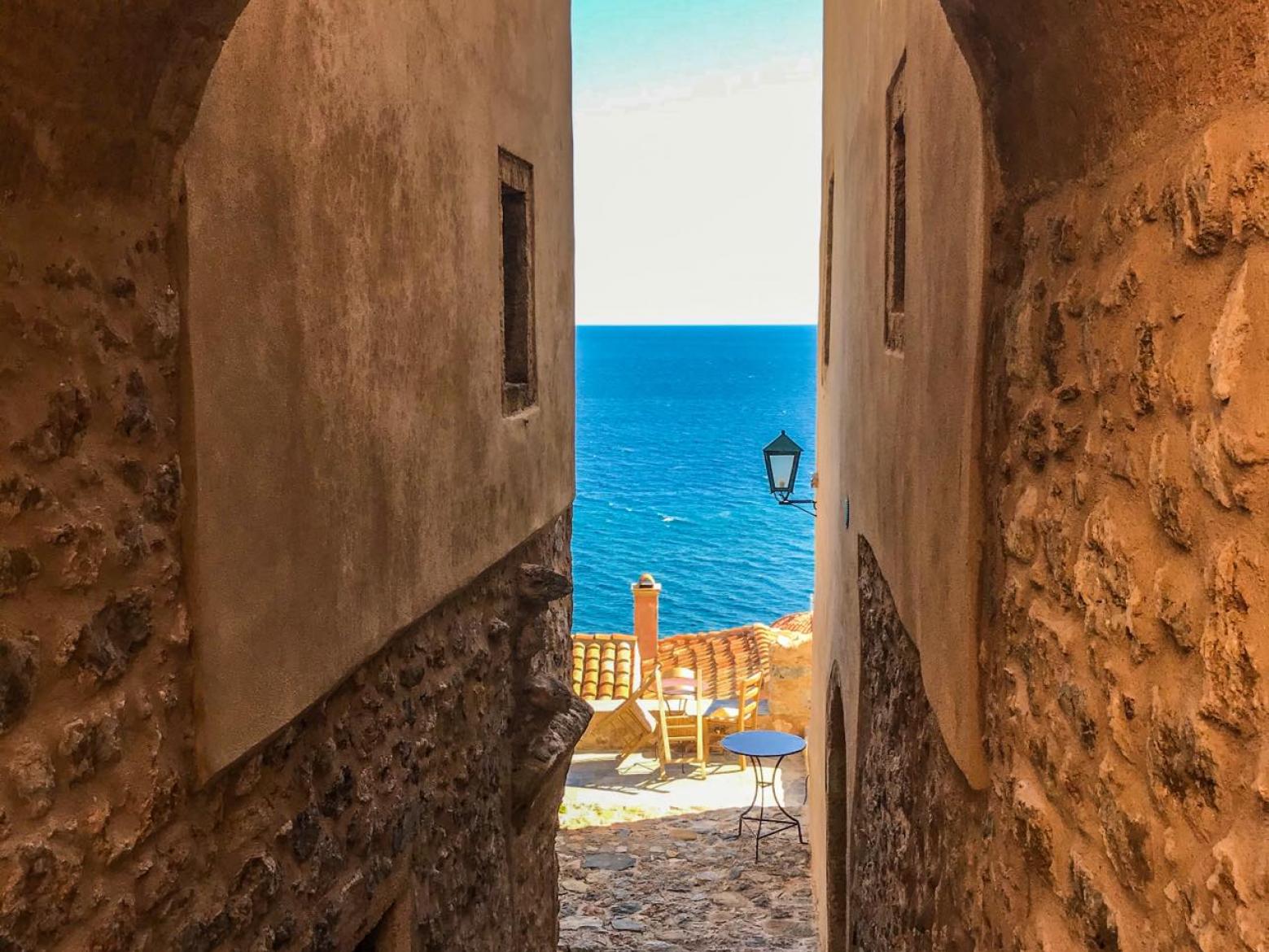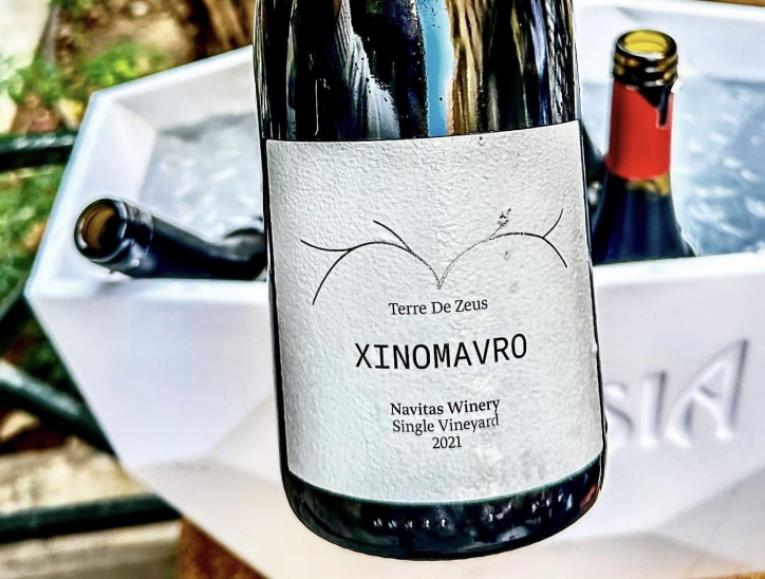The Malvasia Enigma
By Yiannis Karakasis MW
I am one of those people who read 5-6 books simultaneously. And no matter how good my intentions are, I get to finish maybe half of them. One of the books I read is "The Bed of Procrustes", by Nicholas Taleb, which provides some philosophical and practical insights. One of these is that in the same way as there are writers who take pleasure in having completed a book and others who take pleasure in the course of writing it, so are there books you enjoy while reading and others that you enjoy having read.
I think of his words whilst reading another book, “Malvasia, the Legendary Wine: Yesterday and Today” (S. Kourakou, Finikas Publications). A book that, without a doubt, can make you happy as you are reading it. I have always had a soft spot for history, especially Byzantium and what took place after the Komnenos Dynasty, so you can understand my excitement when medieval history meets wine, as in the case of the famous sweet Malvasia or Monemvasios Wine.
A wine that dominated the wine trade for six centuries, up to the 16th century, and originated from the Castle town of Monemvasia in the Peloponnese. It has a unique story, which also happens to be sprinkled with plenty of mystery and assumptions. As I read the book, I note a few conclusions the writer has come to, which help us understand the particular wine. I will emphasise the word conclusions because the traces of this historic wine go back many centuries, which does not allow absolute certainty about circumstances. So, as I see it, probability is the word that should accompany most of the following conclusions.
What sort of wine was Malvasia?
Malvasia wine was a white, sweet wine, but this does not mean that all of the wines produced in the area were sweet. Red or even black Malvasia from deeply coloured red grapes did not exist. However, darker varieties such as Liatiko might have played a small part.
Malvasia: from Monemvasia to Crete
In the 14th century, the wine of Monemvasia was called Malvasia in the Venetian market. Due to the reduced re-export tax, it was exported in large quantities from Monemvasia through Crete. At the same time, another wine of the same type was traded under the same name, produced in Crete and perhaps from the same variety. Mrs Kourakou writes that the wines exported from Crete were all given the name Malvasia, but these were fake since the colour, fragrance, and taste was different from that of pure and true Malvasia wine. Few Feudal lords, at least in the late 16th century, produced Malvasia from Monemvasia variety (it was either given as a gift or sold lucratively).
(photo from the vineyards of Monemvasia Winery)
The varieties
The Malvoise (Malvasia) variety is no other than Monemvasia / Monemvasitiko, suitable for producing sweet wines. The ark that preserved it is Paros. Initially, the wine was produced by a single white variety Monemvasia-Malvasia. But during the years in which the Venetian-Cretan wine trade flourished, it is impossible that the quantities of Monemvasia grapes in Crete sufficed. Therefore, the Vinum Cretense was supplemented by other local varieties (called logadia). The different varieties that might have been used are (of the most famous) Athiri, Thrapsathiri, and Assyrtiko, according to the Kribas and Logothetis studies decades ago. Vidiano, Dafni and Kydonitsa, according to Kourakou.
The book also includes the view of Prof. Stavrakakis that Malvasia's lineage comes from Athiri and that Paros Monemvasia is its clone! He also argues that there is no indication that the Monemvasia variety was cultivated in Crete. One thing is sure: arriving at the absolute truth about almost 1000 years ago practices is no simple task.
Malvasia in 2022
Let us now press fast forward to our times. There are no longer one or two, but four PDOs (Protected Designation of Origin) in Greece:
Monemvasia-Malvasia where Malvasia here does not mean Malvasia wine of Monemvasia, but it refers to the name with which the Venetians called the Castle town of Monemvasia (I know it's confusing),
Malvasia Paros
Malvasia Sitia and Malvasia Candia in Crete
The first two PDOs are based on the Monemvasia variety, whereas the Cretan PDOs blend different varieties that need constant repetition to be remembered. However, In practice, there are already, or will soon be, only 3-4 wines on the market. Malvasia from the Monemvasia Winery, which believed in the revival of this excellent historical wine as no other, Malvasia Paros from the Moraitis Winery, and if my sources are correct, one or two Cretan Malvasia are in the pipeline. This is paradoxical and inversely proportional to the significance of this historic wine. Why are there so few Malvasia wines; My view is that the reasons have to do with the trading difficulties of sweet wines and the complexity of all of the above PDOs.
Our country, without a doubt, produces some of the most sensational sweet wines on the planet. Vinsanto, Muscat masterpieces from Samos and elsewhere, historical Malvasia, elixirs from Siatista and sweet Mavrodaphnes. All of these styles are at their best near perfection. They are benchmarks for the sweet wines of the world. And the better sweet wines become, the more difficult it is for them to secure commercial success. How to better showcase them needs discussion. It requires out of the box thinking and actions, a big bet that we will have to win. Until this happens, I request from those who enjoy sweet wines. Please drink more sweet wines!






